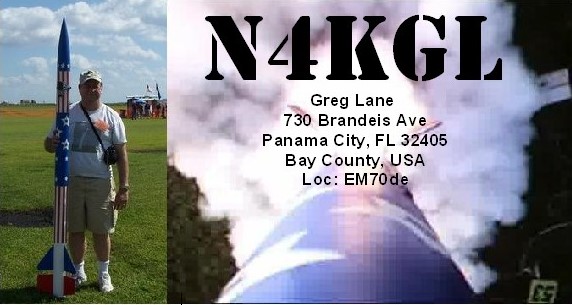RaDAR is Rapid Deployment Amateur Radio. The first Saturday of April and November is designated for a RaDAR Contest. The contest is four hours. The focus is on portable operations but with a twist. After five contacts you must travel a specified distance and redeploy. My choice was to redeploy by foot. Operating in this fashion invokes many tradeoffs on your gear and your antennas. If you are like me you will ponder these tradeoffs right up the the start of the contest.
For the RaDAR contest last November, I laid my bets on getting end fed wires as high as possible. I used 31 foot poles and deployed some impressive antennas. I also bought a beach cart to carry my poles and other gear. My site of choice is Saint Andrews State Park. Even though it was a beach cart it became a big chore to cover the required one kilometer distance. This was because nothing rolls that well in loose sand.
So now why not use that Alexloop. That is what I chose for this year. It is definitely easily transported and setup. But why set it up and break it down. That led to what I call Semi Pedestrian Mobile. I just leave the loop setup on a pole and carry the pole. Also I wear the radio and the battery. This eliminates a table and a chair.
There was some drama this year because rain was in the forecast. I got in my mind I should have some back up antennas which I prepared but did not need them. I suspect operating under some cover with the loop is just fine in any case. So it finally came down to the contest day. The beach at the park is beautiful and I like to think being close to the surf invokes the saltwater effect.
In short, I made five contacts near the jetties walked up the beach one kilometer, made five more then headed back to the jetties and went to a gazebo where I could sit. I got five more contacts for a total of fifteen just in time. I think everyone I passed was just a little interested in what I was doing. Several asked and were very friendly. I feared rain but it never came. I think my choice of the Alexloop paid off. There was less setup time and more time for contacts. My lesson is NEVER DOUBT THE LOOP!
I worked a fellow RaDAR operator Steve KF5RYI in Texas. Speaking of other operators they were global from Fred VE3FAL, Lucy M6ECG to Eddie ZS6BNE and others you can find their stories on the RaDAR Community at
this link.Greg N4KGL











